Self-Sustainable IoT-Based Remote Sensing Powered by Energy Harvesting Using Stacked Piezoelectric Transducer and Thermoelectric Generator
Abstract
:1. Introduction
2. Materials and Methods
2.1. Energy Harvesters: Stacked PZT Transducer and Thermoelectric Generators (TEGs)
2.2. Converters for Stacked PZT Transducer and TEGs
2.3. Sensor Hardware, Algorithm, and Wireless Communication
3. Results and Discussion
4. Conclusions
Author Contributions
Funding
Data Availability Statement
Acknowledgments
Conflicts of Interest
References
- Ritchie, H.; Roser, M.; Rosado, P. Energy. Our World in Data. 2022. Available online: https://ourworldindata.org/co2-emissions (accessed on 10 July 2023).
- Guo, L.; Lu, Q. Potentials of piezoelectric and thermoelectric technologies for harvesting energy from pavements. Renew. Sustain. Energy Rev. 2017, 72, 761–773. [Google Scholar] [CrossRef]
- Lallmamode, M.A.M.; Al-Obaidi, A.S.M. Harvesting energy from vehicle transportation on highways using piezoelectric and thermoelectric technologies. J. Phys. Conf. Ser. 2021, 2120, 012016. [Google Scholar] [CrossRef]
- Han, Y.; Feng, Y.; Yu, Z.; Lou, W.; Liu, H. A study on piezoelectric energy-harvesting wireless sensor networks deployed in a weak vibration environment. IEEE Sens. 2017, 17, 6770–6777. [Google Scholar] [CrossRef]
- Mysorewala, M.F.; Cheded, L.; Aliyu, A. Review of energy harvesting techniques in wireless sensor-based pipeline monitoring networks. Renew. Sustain. Energy Rev. 2022, 157, 1120. [Google Scholar]
- Shaikh, F.K.; Zeadally, S. Energy harvesting in wireless sensor networks: A comprehensive review. Renew. Sustain. Energy Rev. 2016, 55, 1041–1054. [Google Scholar] [CrossRef]
- Dipon, W.; Gamboa, B.; Guo, R.; Bhalla, A. Energy harvesting using a stacked PZT transducer for self-sustainable remote multi-sensing and data logging system. J. Compos. Sci. 2022, 6, 49. [Google Scholar] [CrossRef]
- Gamboa, B.M.; Guo, R.; Bhalla, A. Piezoelectric stacked transducer evaluation and comparison for optimized energy harvesting. Ferroelectrics 2018, 535, 8–17. [Google Scholar] [CrossRef]
- Kalinin, S.V.; Mirman, B.; Karapetian, E. Relationship between direct and converse piezoelectric effect in a nanoscale electromechanical contact. Phys. Rev. B 2007, 76, 212102. [Google Scholar] [CrossRef]
- Gamboa, B.; Estrada, M.; Djikeng, A.; Nsek, D.; Binzaid, S.; Dessouky, S.; Bhalla, A.; Guo, R. Integrated Piezoelectric and Thermoelectric Sensing and Energy Conversion. Adv. Ceram. Environ. Funct. Struct. Energy Appl. II 2019, 266, 15. [Google Scholar]
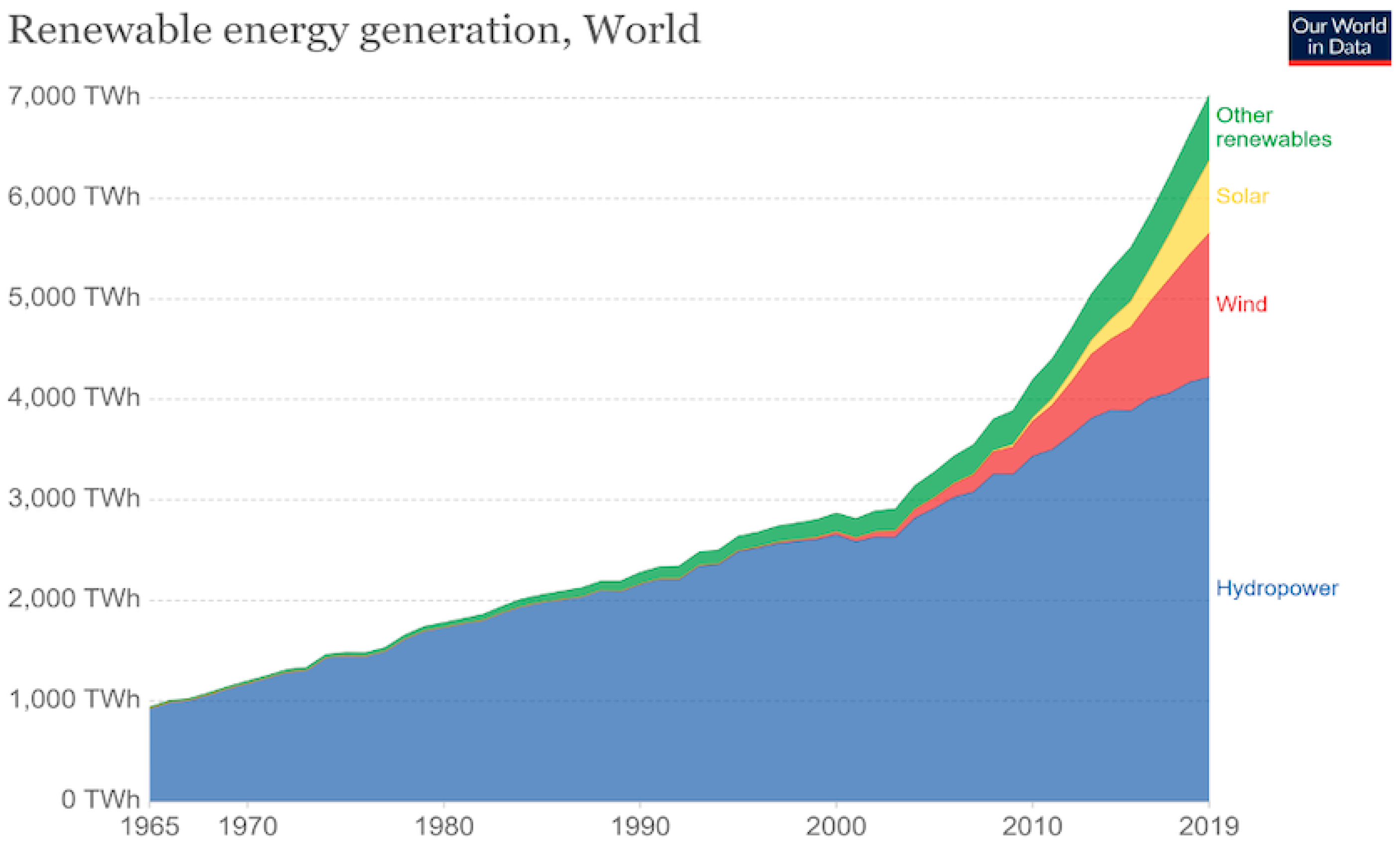
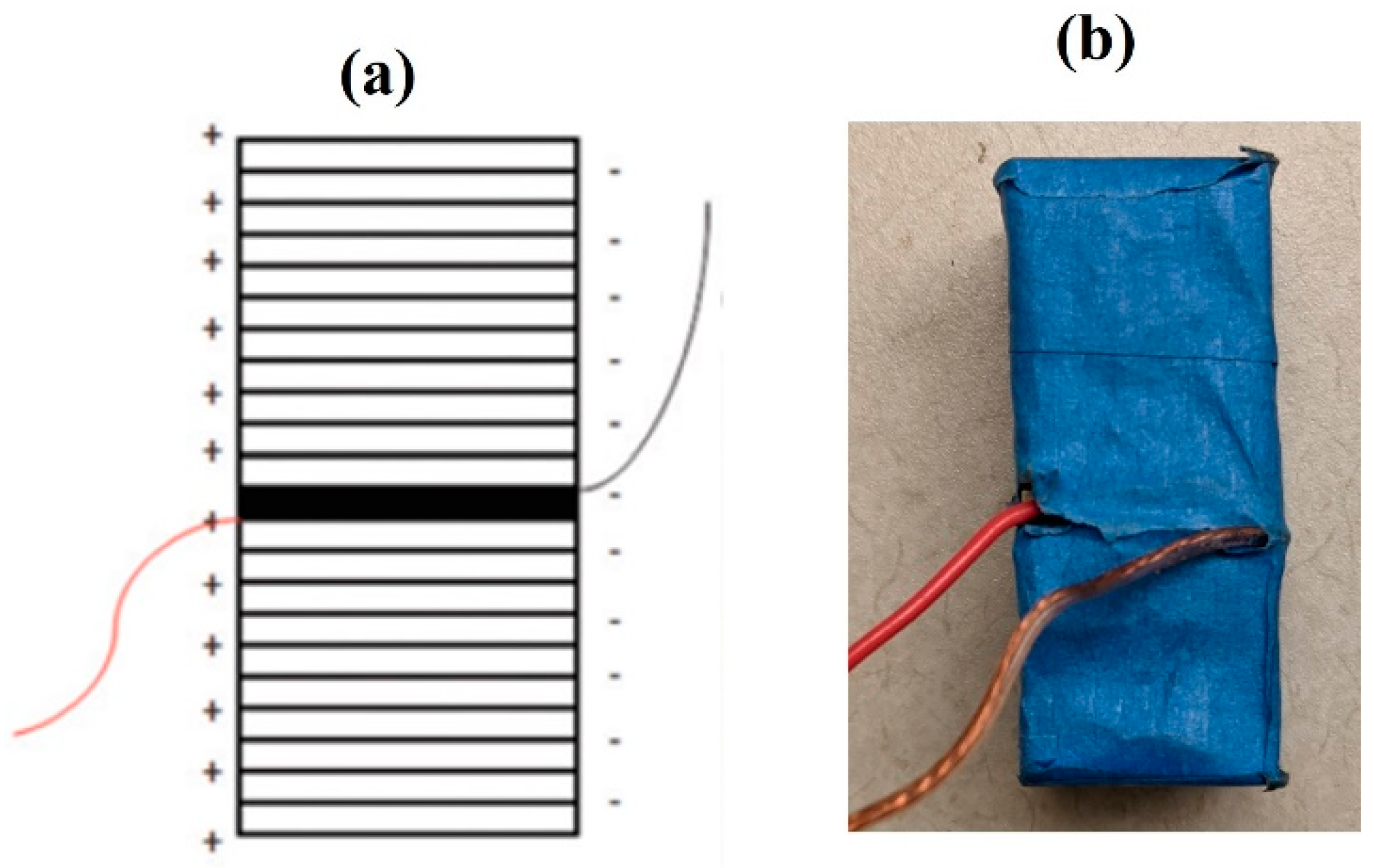
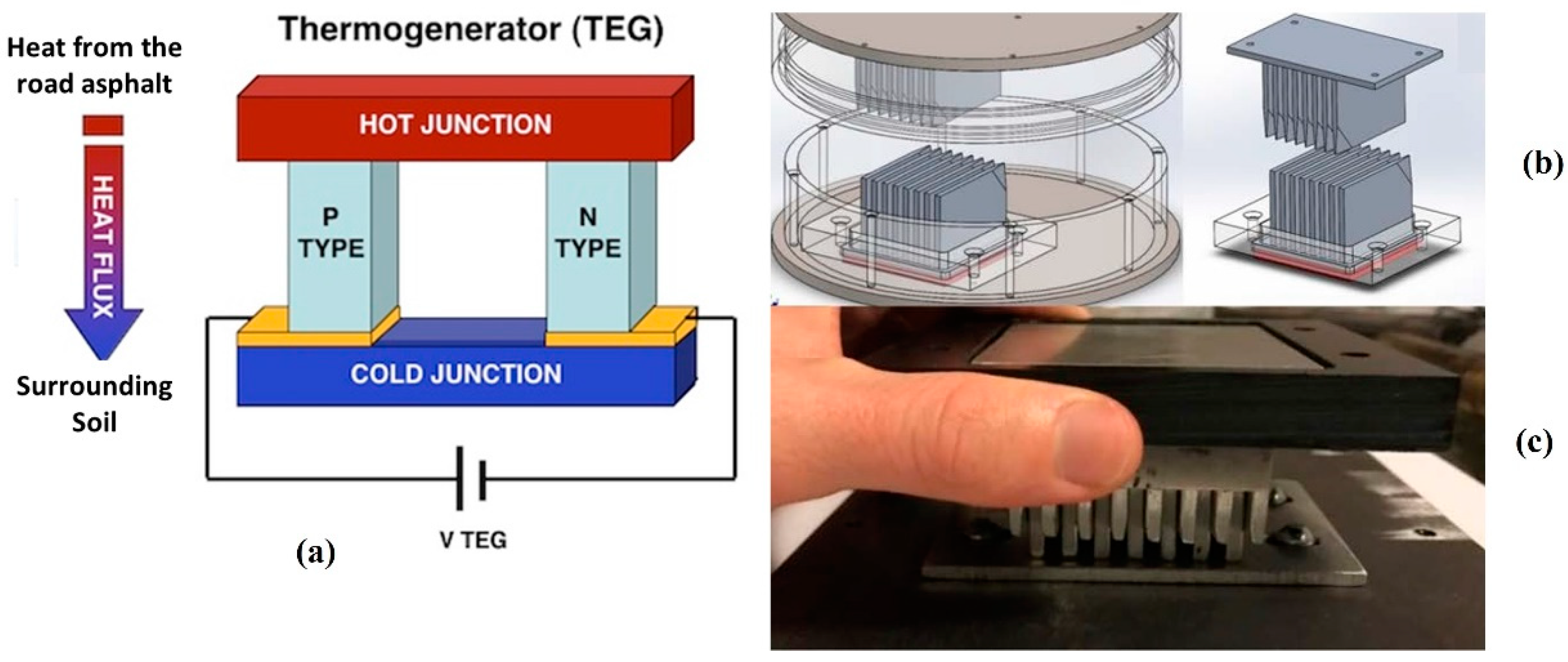
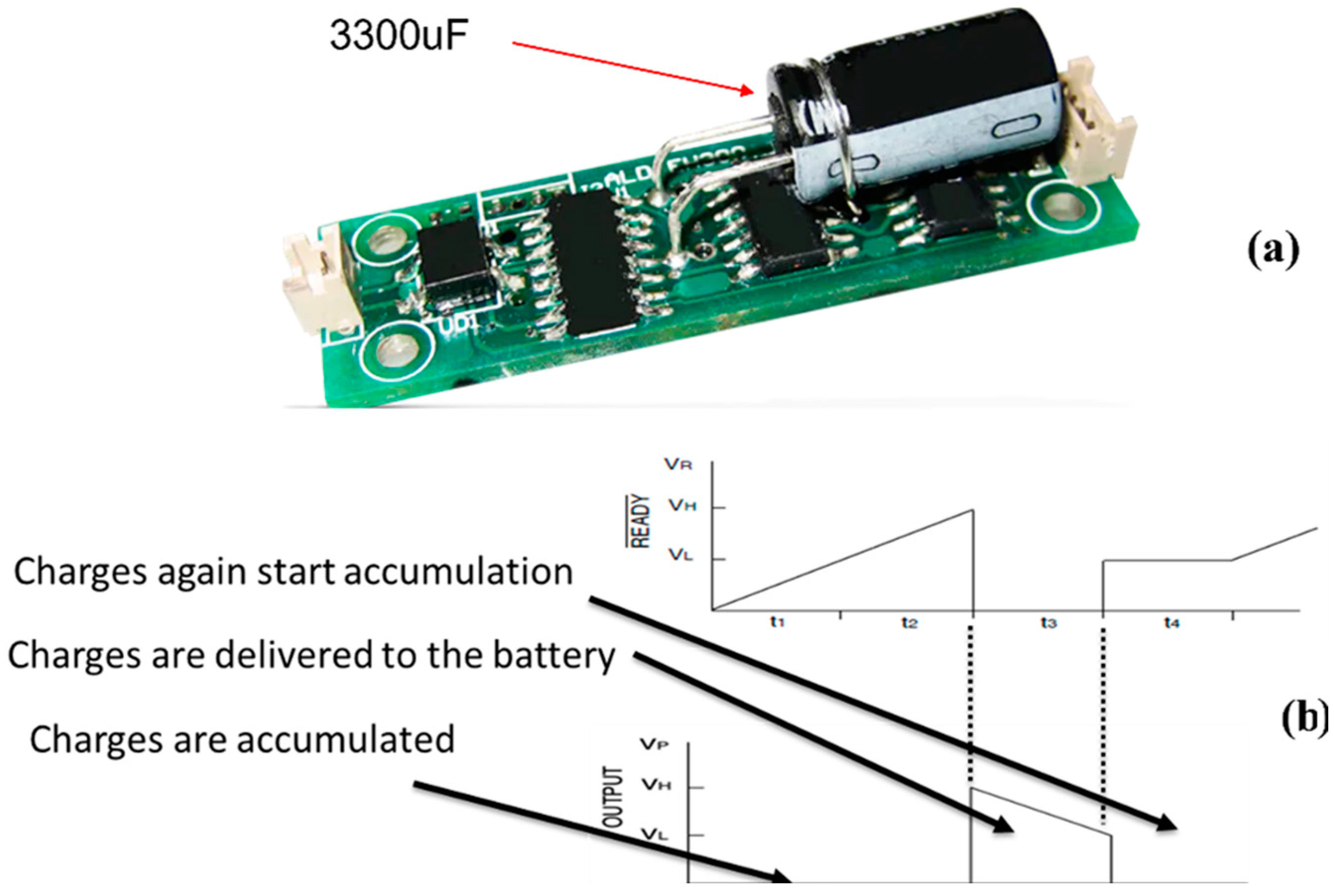
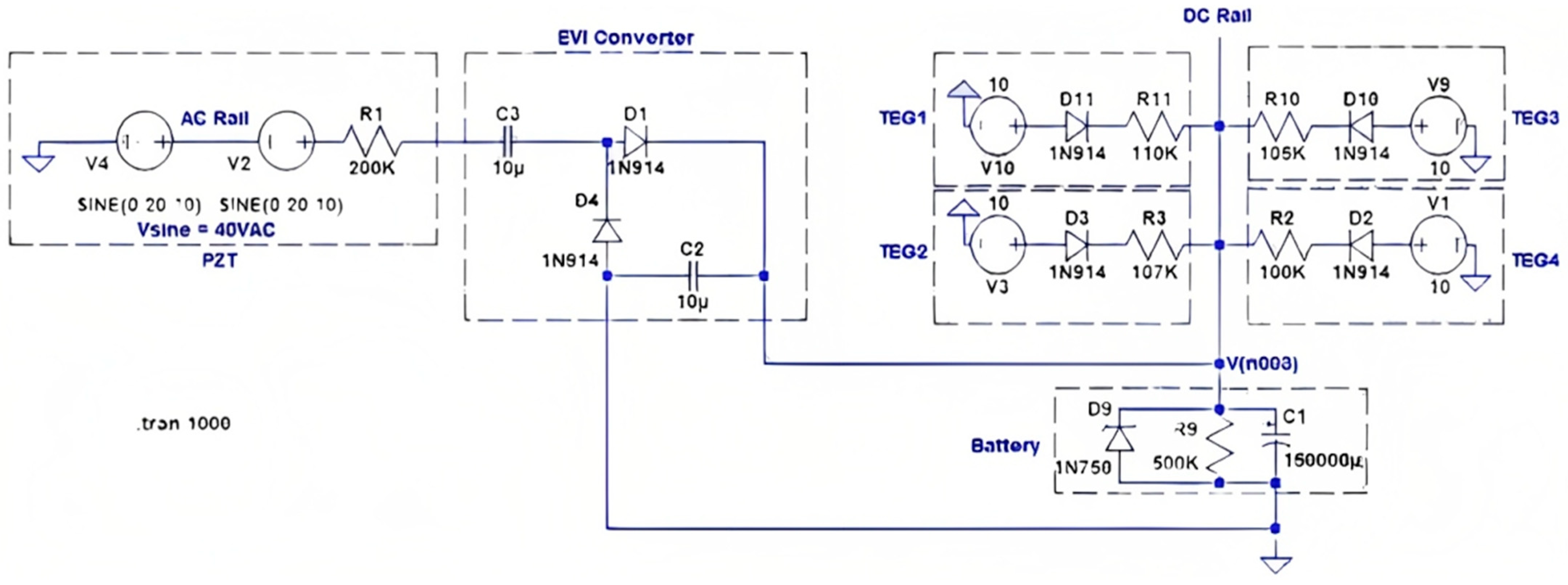
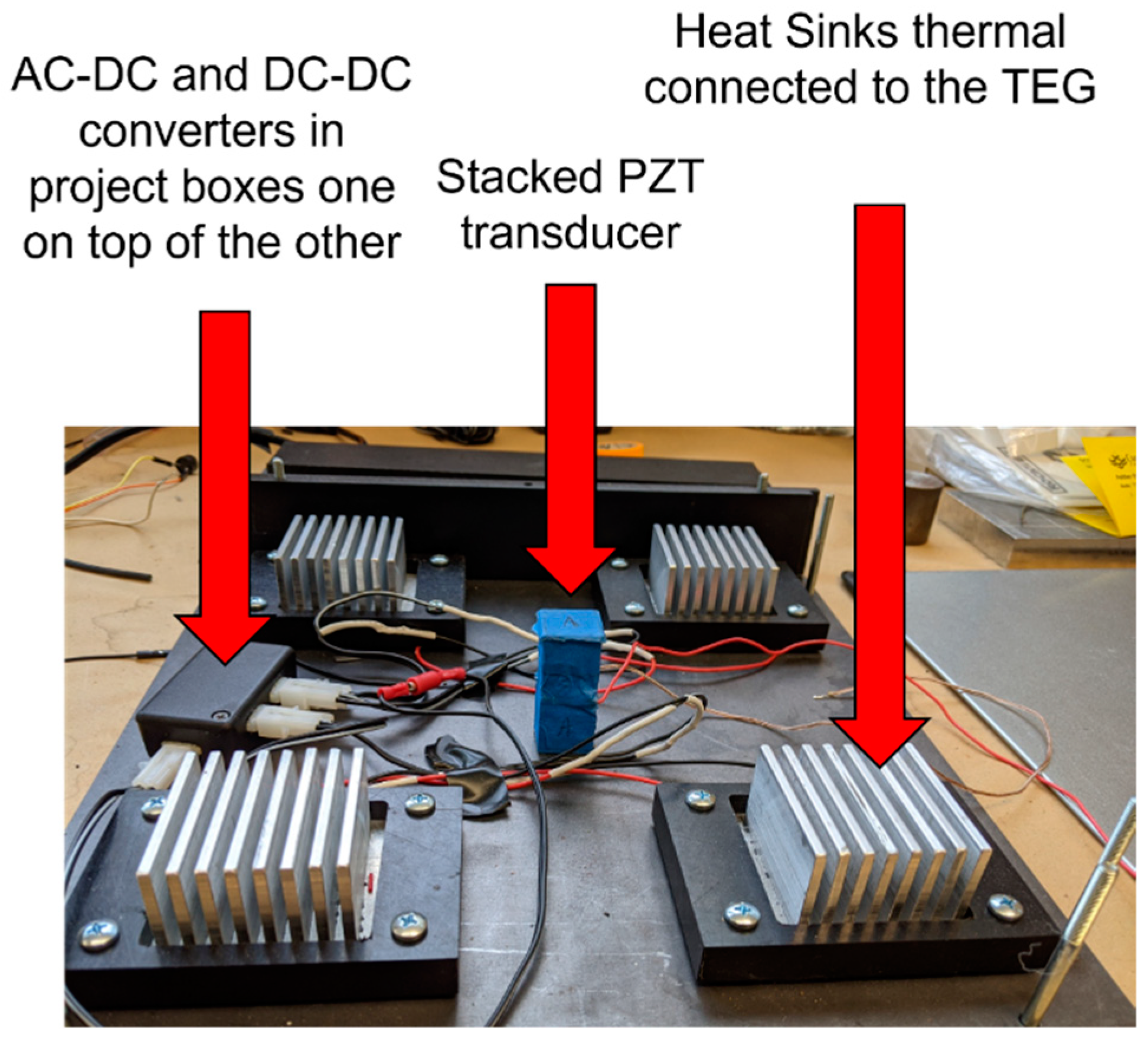
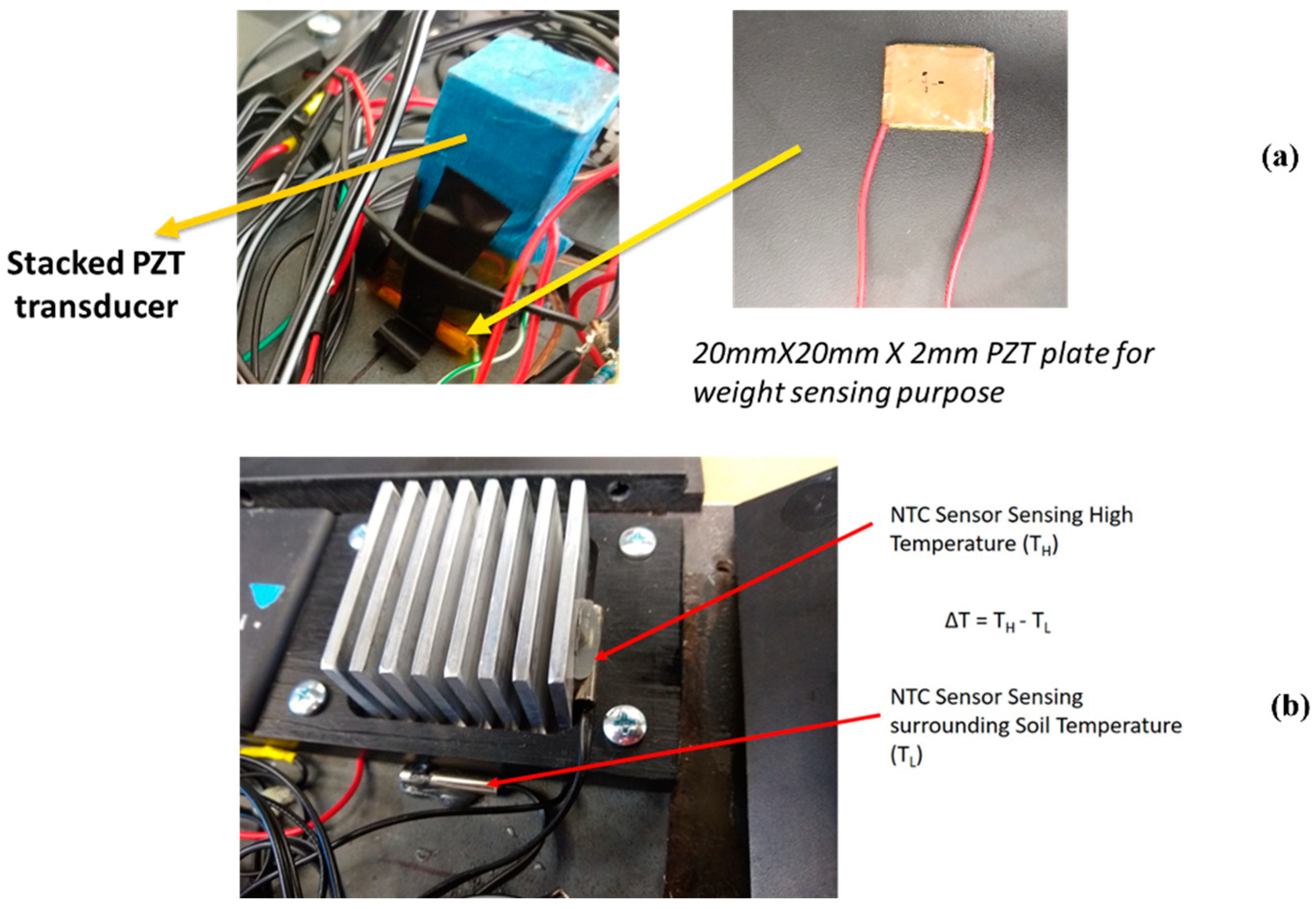


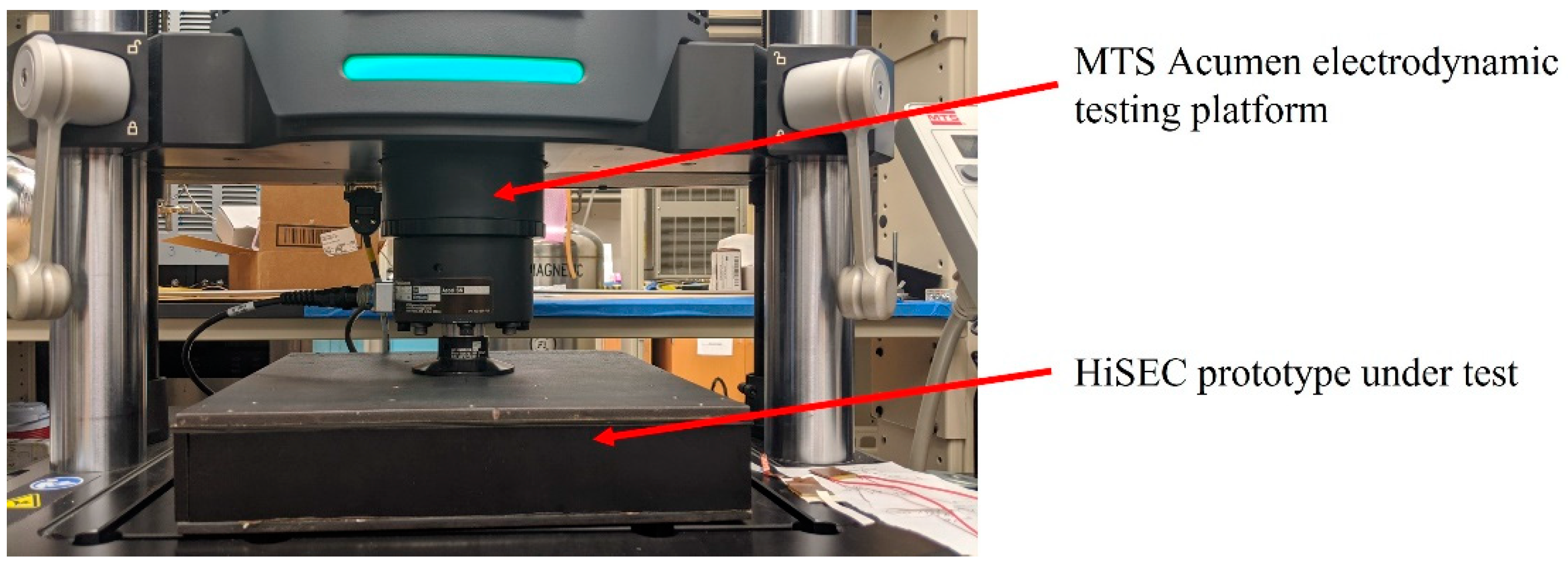
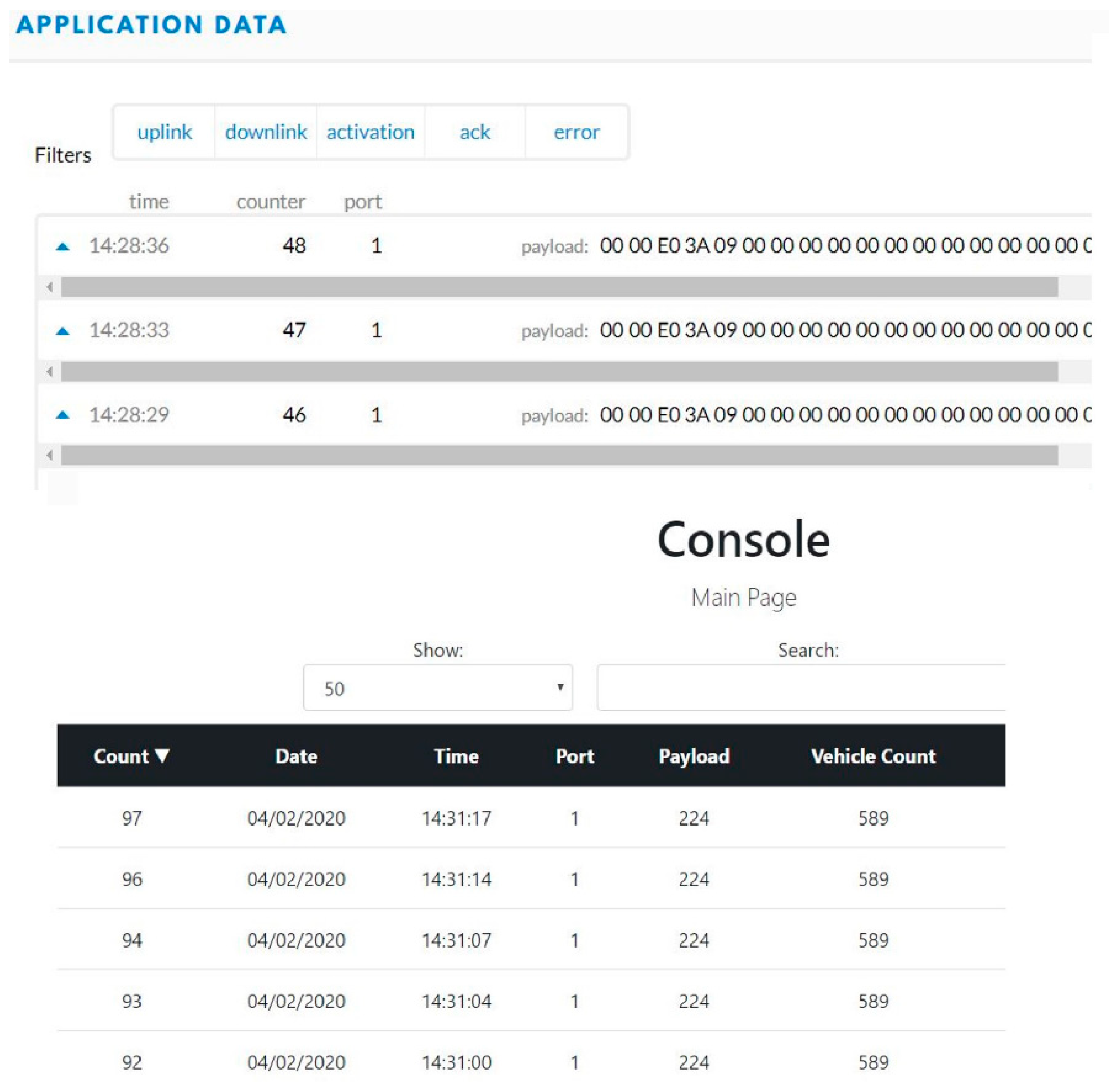
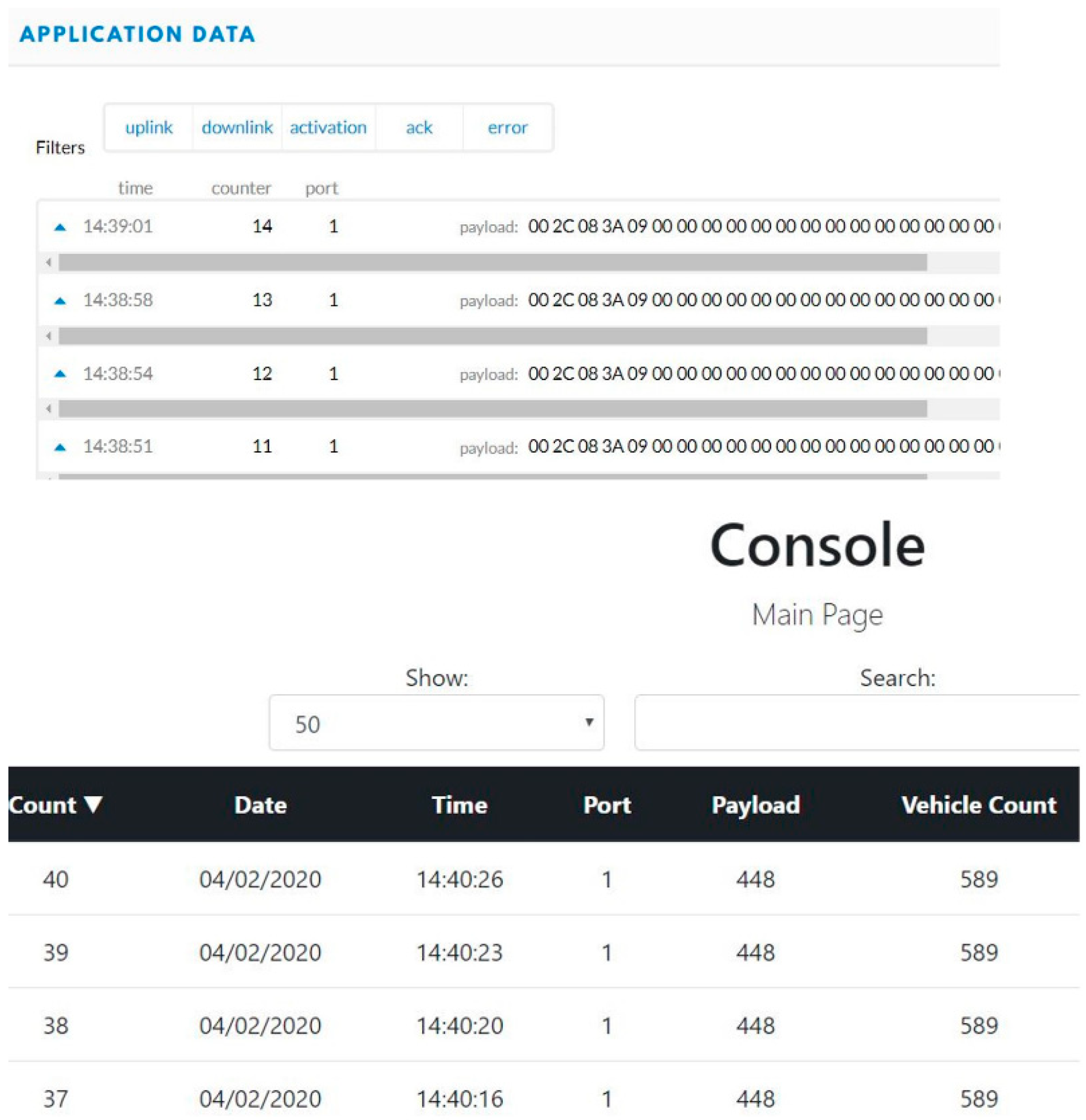
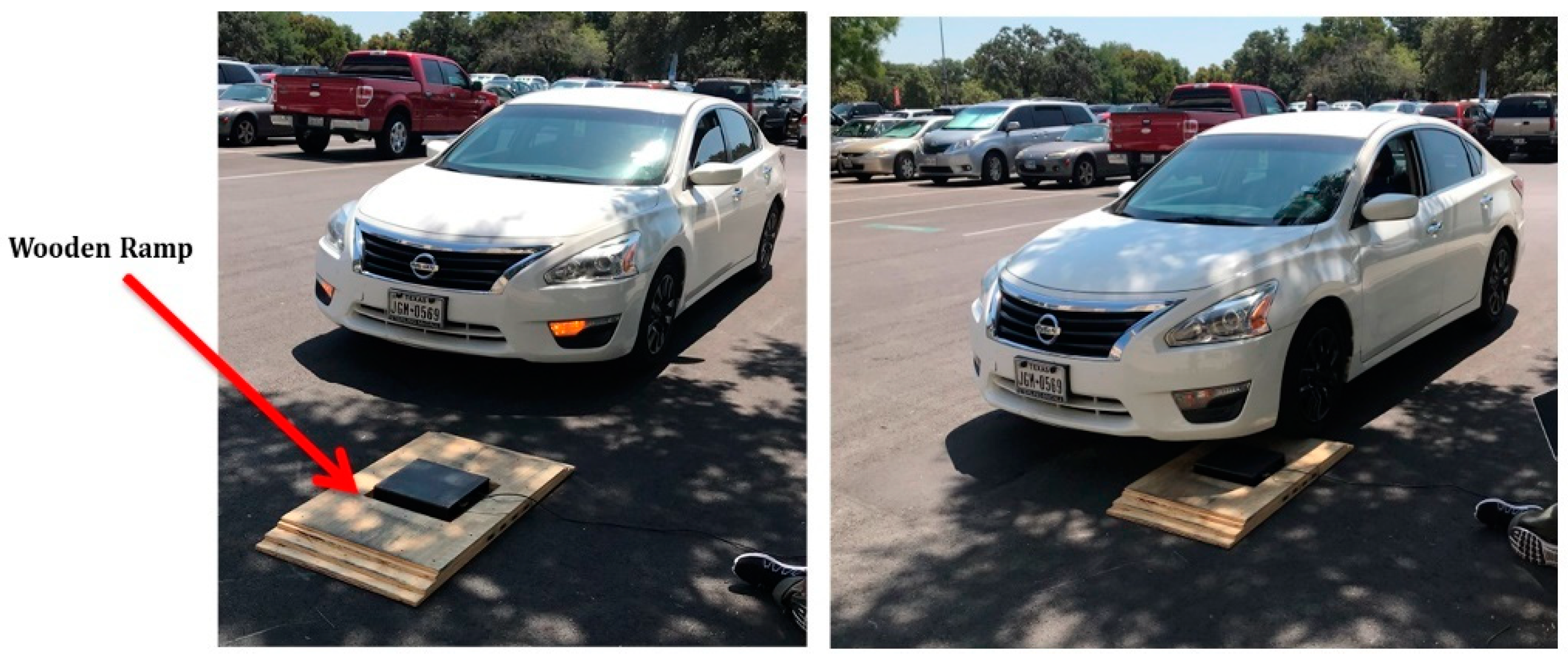
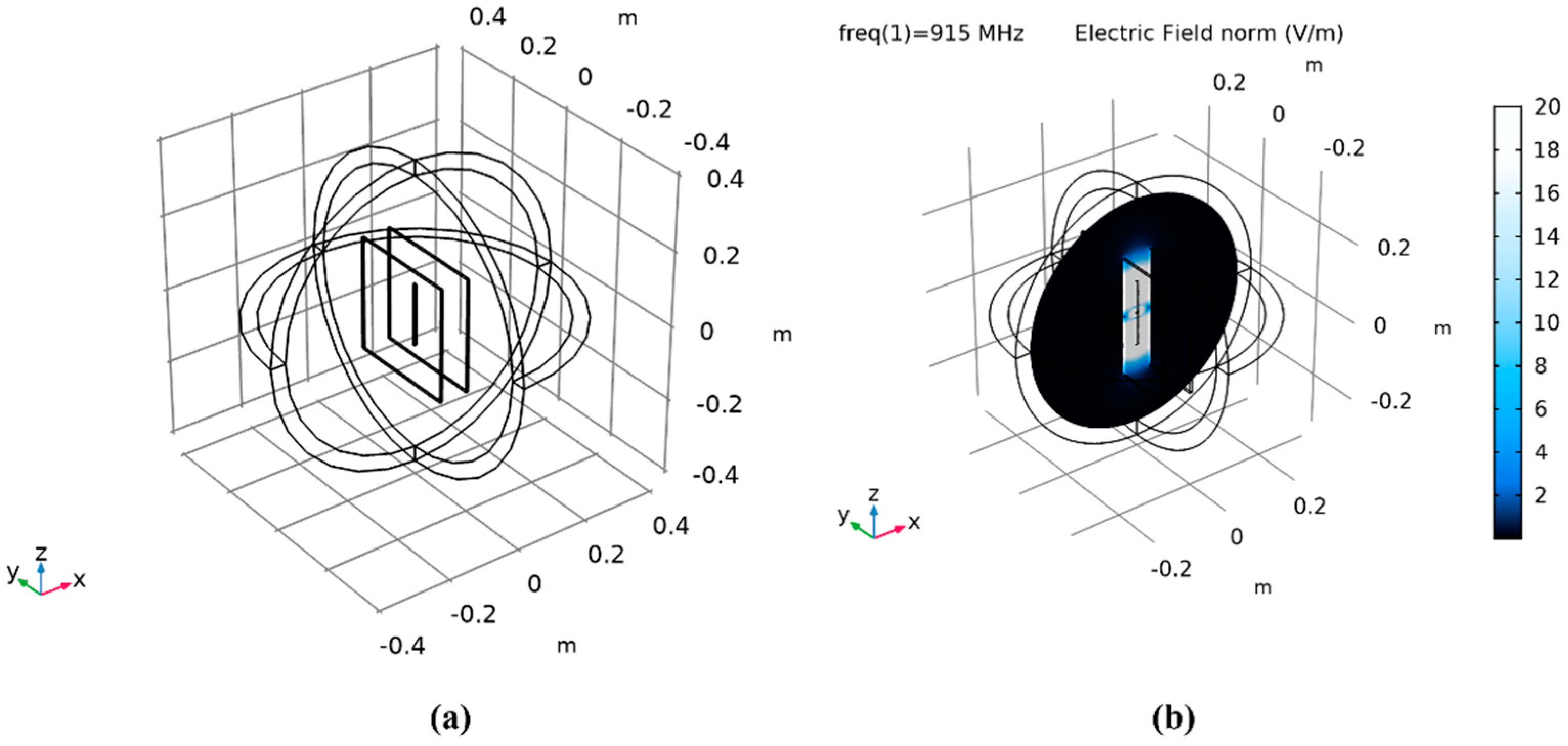
| # | Parameter | Value |
|---|---|---|
| 1 | Speed Limit (mph) | 75 |
| 2 | Average truck speed (mph) | 66.5 |
| 3 | Design lane (outside lane) ADT | 4208 |
| 4 | Design lane (outside lane) ADTT | 1599 |
| 5 | Tire pressure (PSI) (vary from truck to car) | 30–120 |
Disclaimer/Publisher’s Note: The statements, opinions and data contained in all publications are solely those of the individual author(s) and contributor(s) and not of MDPI and/or the editor(s). MDPI and/or the editor(s) disclaim responsibility for any injury to people or property resulting from any ideas, methods, instructions or products referred to in the content. |
© 2023 by the authors. Licensee MDPI, Basel, Switzerland. This article is an open access article distributed under the terms and conditions of the Creative Commons Attribution (CC BY) license (https://creativecommons.org/licenses/by/4.0/).
Share and Cite
Dipon, W.; Gamboa, B.; Estrada, M.; Flynn, W.P.; Guo, R.; Bhalla, A. Self-Sustainable IoT-Based Remote Sensing Powered by Energy Harvesting Using Stacked Piezoelectric Transducer and Thermoelectric Generator. Micromachines 2023, 14, 1428. https://doi.org/10.3390/mi14071428
Dipon W, Gamboa B, Estrada M, Flynn WP, Guo R, Bhalla A. Self-Sustainable IoT-Based Remote Sensing Powered by Energy Harvesting Using Stacked Piezoelectric Transducer and Thermoelectric Generator. Micromachines. 2023; 14(7):1428. https://doi.org/10.3390/mi14071428
Chicago/Turabian StyleDipon, Wasim, Bryan Gamboa, Maximilian Estrada, William Paul Flynn, Ruyan Guo, and Amar Bhalla. 2023. "Self-Sustainable IoT-Based Remote Sensing Powered by Energy Harvesting Using Stacked Piezoelectric Transducer and Thermoelectric Generator" Micromachines 14, no. 7: 1428. https://doi.org/10.3390/mi14071428
APA StyleDipon, W., Gamboa, B., Estrada, M., Flynn, W. P., Guo, R., & Bhalla, A. (2023). Self-Sustainable IoT-Based Remote Sensing Powered by Energy Harvesting Using Stacked Piezoelectric Transducer and Thermoelectric Generator. Micromachines, 14(7), 1428. https://doi.org/10.3390/mi14071428








